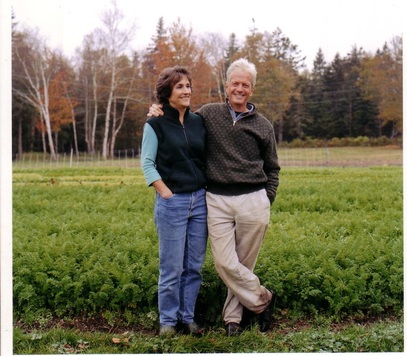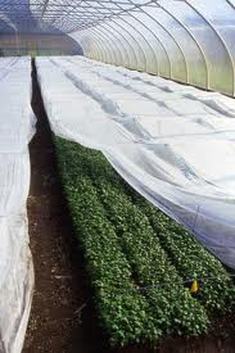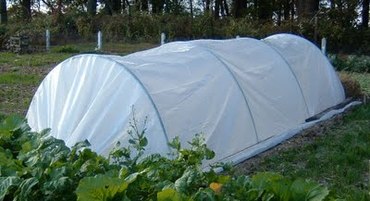
Fortunately, there are good people like Eliot Coleman of Four Season Farm. He has been perfecting his 4-season growing techniques for the past forty years. He gleaned most of his information by visiting and studying the traditions of French and British farmers. He would come back to his farm in Maine adapting what he learned and further refining the skill of year-round farming.
Reno, Nevada had the fortune of a 2-day workshop this past weekend with the father of cold-hardy vegetables. As a budding farmer myself, I was eager to hear the voice behind the words in the books I had been reading.

Here are a few basic winter gardening concepts:
- The cornerstone of Eliot's process is the "double-cover." Take an unheated greenhouse which serves as the first cover. And then place a lightweight row-cover over the crop. The insulating layer is the double-cover. it can increase the temperature near the plant by 25+ degrees!
- Focus on growing cold-hardy vegetables like salad greens and root crops. The matriarchs of the bunch are spinach and arugula. But leafy greens in general are the mainstay: mache, claytonia, endive, escarole, minutina, lettuces, watercress, parsley, raddichio, sorrel, mizuna, Asian greens, as well as chard, collards and kale. Other go-to winter crops include carrots, leeks, broccoli, garlic, radishes, turnips, beets, potatoes and kohlrabi.
- Strict planting schedules and crop rotations play an intregal role. Seeds must be planted well in advance of the first frost so plants can get established and keep producing throughout the winter. The bewitching hour is 10-hours of daylight. Once we fall below 10-hours/day, plant growth slows down. But by the time the last of the winter crops have been harvested in February, the clock has turned and we've rounded the corner and have started to exceed 10-hours of daylight. Crop rotations ensure that what comes out goes back in by enriching the depleted soil with nutrients from a different crop family each planting. There are 13 crop families!

Eliot reminded the audience of a scene in the movie, The Graduate, with Dustin Hoffman, "My hope is that one day, a respected elder will take a promising young graduate aside and say, son...I've got one word for you, farming!" He believes in what he is selling and the future that small-scale farming can offer our communities, economy and environment through 4-season growing!

 RSS Feed
RSS Feed
